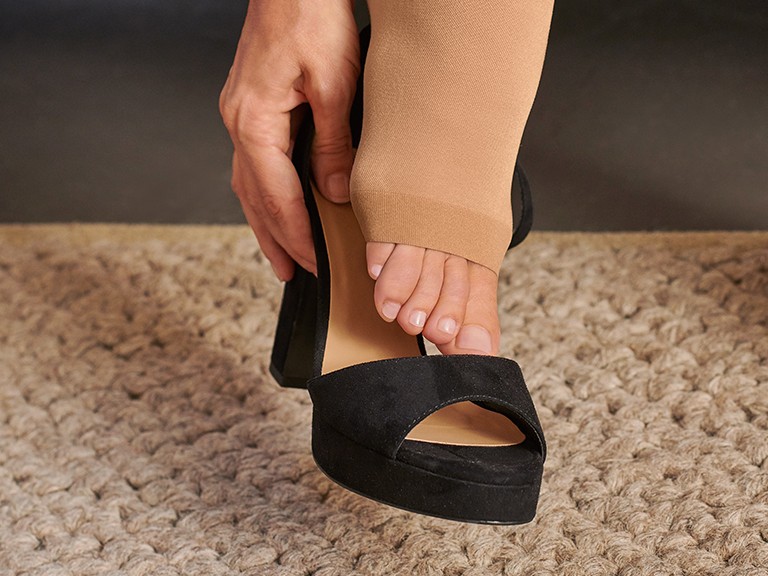Lymph edema is the abnormal accumulation of fluid in soft tissue due to an obstruction in the lymphatic system. The lymphatic system helps fight infection and other diseases by transporting lymph throughout the body. This colorless fluid contains WBC, travelling through the body using thin tubes. This colorless fluid is filtered in small glands, known as lymph nodes. They filter out the bacteria. WBC fights the harmful substances.
Most often, lymph edema affects the arms and legs. It is more common in people who have been treated for breast cancer or cancers that affect the urinary tract, bladder, kidneys, prostate, testicles, or penis. In people being treated for cancer in the head and neck region, the most common place for lymph edema to develop is the neck. However, it can also occur under the chin, on the face and, less frequently, inside the mouth. Lymph edema can develop right away after surgery or radiation therapy, or it can occur months or even years after cancer treatment ends. It can also occur without any severe medical condition.
How to manage and treat lymph edema
Although treatment can help control lymph edema, there is currently no cure. If your medical condition does not improve, the doctor may recommend you to a certified lymph edema therapist. The therapist evaluates your condition and develops a treatment plan.
Compression
Non-elastic bandages and compression garments for lymphedema put gentle pressure on the affected area. It helps prevent swelling and fluid build-up after decongestant therapy. There are several options, depending on the location of the lymph edema. Compression garments must fit properly. Only a therapist knows how much compression you need. Too much or too little pressure may worsen it. Tight elastic sleeves or stockings can compress the arm or leg to help drainage of lymphatic fluid. These garments often require a prescription to ensure that the proper degree of compression is used. You may need to be measured by a professional to ensure a proper fit. A sleeve that is draped over the affected arm or leg is connected to a pump that inflates it intermittently, putting pressure on the limb and drawing lymphatic fluid away from the fingers or toes.
Exercise
Generally, exercising improves the circulation of the lymphatic system and strengthens the muscles. Gentle contraction of the arm or leg muscles can help move excess fluid out of the swollen limb. Elevation may help but you should not elevate your affected are for long.
Manual lymphatic drainage
Therapists trained in this massage technique use very light pressure to move the fluid trapped in the swollen limb into an area with functioning lymphatic vessels. People should avoid manual lymphatic drainage if they have a skin infection, blood clot, or active cancer in the affected limb. As soon as you feel any symptom, start MLD treatments.
Low-power laser treatments
A small number of clinical trials have found that Low-pressure laser treatment might alleviate lymph edema somewhat after breast removal, especially in the arms.
Surgeries and other procedures –
To change the defective lymph node (s), surgeons remove healthy lymph node (s) from another part of the body and attach them to the affected area. Many people with early-stage do well with this. New routes of secretion create new connections between the lymphatic network and blood vessels. Excess lymphatic fluid is removed from the limb through blood vessels. In severe lymph edema, the soft tissues in the limb become fibrous and harden. Removing some of this hardened tissue can improve limb function. In very severe cases, hardened tissue and skin can be removed with a scalpel. Lymph edema can increase the risk of infection. Keep the affected area clean, hygienic, and moist.




